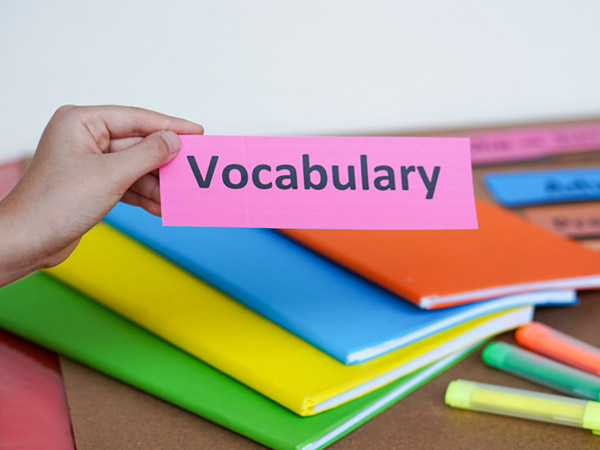Advanced Proficiency: Prompt students to select challenging key words from the unit to elicit critical thinking and in-depth vocabulary connections. Have students create their own categories for organizing vocabulary connections (e.g., family traditions, community celebrations, historical events). Have students highlight the relationships between the selected words and classify them into various categories (e.g., celebrations, traditions, foods). Ask students to explain their reasoning for vocabulary selections and connections using academic language. For partner discussion, pair students strategically to ensure rich discussion. Invite students to give each other feedback on their Interactive Vocabulary Journals using a provided rubric.






